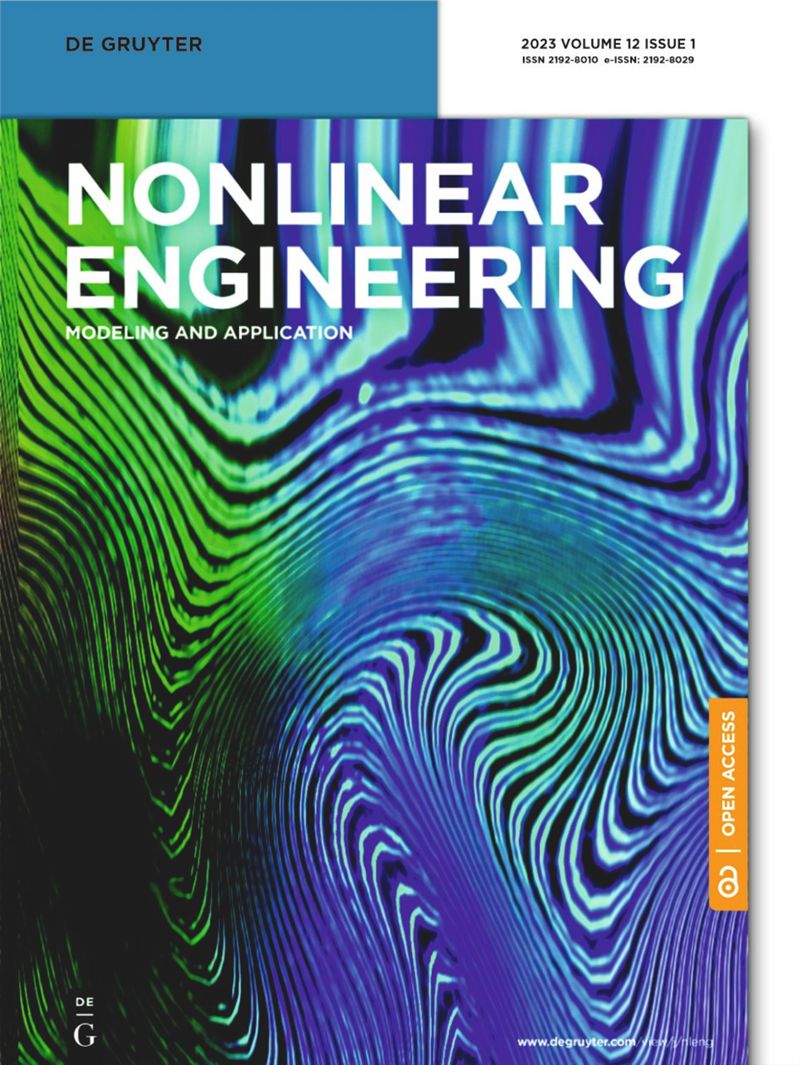A review of tiger conservation studies using nonlinear trajectory: A telemetry data approach
IF 1.5
Q2 ENGINEERING, MECHANICAL
引用次数: 0
Abstract
Abstract Radio telemetry is being used in India to capture the location and movements of radio-collared wild animals. Radio telemetry data analysis has changed the scenario for wildlife conservation. It has provided many models and solutions for natural habitat utilization, genetic diversity, and even implementing green corridors for the species. Insights drawn from the data collected through radio telemetry from radio-collared animals have provided impactful information to understand the wild animal’s ecology. In the past few years, India has remarkably improved the population of tigers using telemetry studies and other conservation methods. In this study, a review of the telemetry studies conducted for tigers in India in the past decade has been presented. This study summarizes the telemetry studies of tigers in India and discusses how telemetry has enhanced the knowledge of ecologists and scientists to understand tiger ecology. This study also discusses the challenges and issues of conducting telemetry studies on tigers in India. Finally, the authors address the gaps in understanding the tiger’s ecology based on these studies and outline how radio telemetry can address these issues to better understand and conserve tigers.基于非线性轨迹的老虎保护研究综述:遥测数据方法
印度正在使用无线电遥测技术来捕捉戴无线电项圈的野生动物的位置和运动。无线电遥测数据分析已经改变了野生动物保护的情况。它为物种的自然栖息地利用、遗传多样性甚至绿色走廊的实施提供了许多模型和解决方案。通过无线电遥测从戴有无线电项圈的动物身上收集到的数据,为了解野生动物的生态提供了有影响力的信息。在过去的几年里,印度通过遥测研究和其他保护方法显著提高了老虎的数量。在这项研究中,对过去十年在印度对老虎进行的遥测研究进行了回顾。本研究总结了印度老虎的遥测研究,并讨论了遥测技术如何提高生态学家和科学家对老虎生态学的认识。本研究还讨论了对印度老虎进行遥测研究的挑战和问题。最后,作者在这些研究的基础上解决了了解老虎生态的空白,并概述了无线电遥测技术如何解决这些问题,以更好地了解和保护老虎。
本文章由计算机程序翻译,如有差异,请以英文原文为准。
求助全文
约1分钟内获得全文
求助全文
来源期刊
CiteScore
6.20
自引率
3.60%
发文量
49
审稿时长
44 weeks
期刊介绍:
The Journal of Nonlinear Engineering aims to be a platform for sharing original research results in theoretical, experimental, practical, and applied nonlinear phenomena within engineering. It serves as a forum to exchange ideas and applications of nonlinear problems across various engineering disciplines. Articles are considered for publication if they explore nonlinearities in engineering systems, offering realistic mathematical modeling, utilizing nonlinearity for new designs, stabilizing systems, understanding system behavior through nonlinearity, optimizing systems based on nonlinear interactions, and developing algorithms to harness and leverage nonlinear elements.

 求助内容:
求助内容: 应助结果提醒方式:
应助结果提醒方式:


